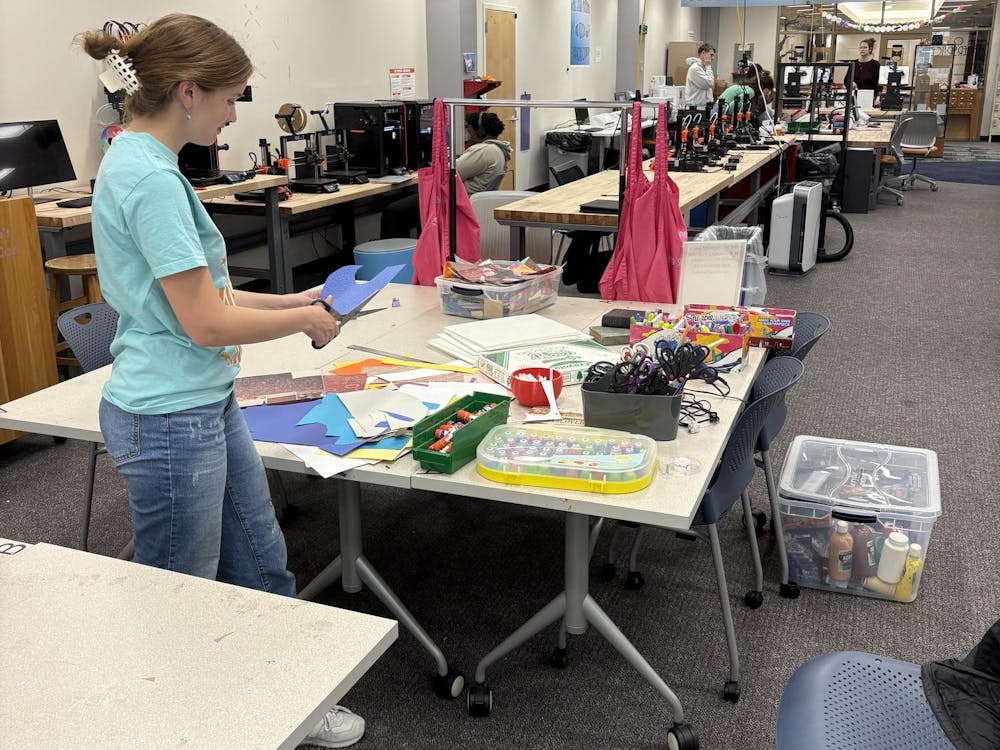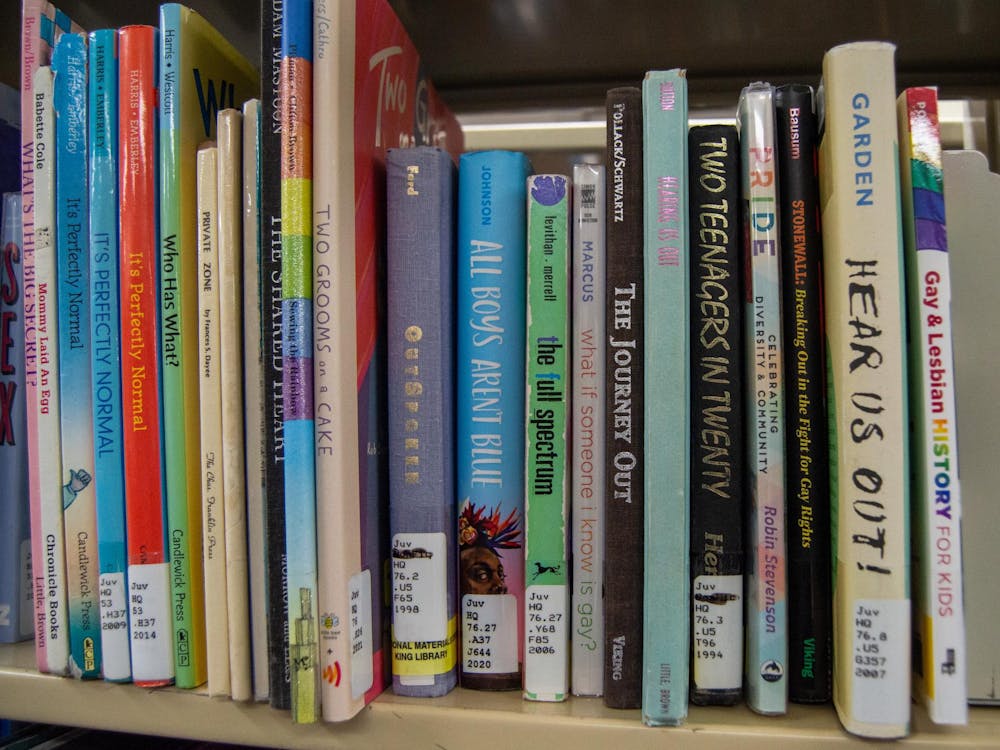Since the beginning of my time at Miami University, I’ve had one belief that hasn’t wavered: Oxford drivers suck.
Thanks to daylight savings time, our evenings are even longer. Winter has become a time when Oxford’s roads become a battleground of unbridled chaos and confusion. It's almost as if the setting sun triggers a collective amnesia in the minds of drivers, causing them to forget (or simply ignore) the rules of the road and the basic principles of courtesy.
As darkness settles in, the streets of Oxford turn into a maze of dimly lit hazards. Headlights are either blindingly bright or completely absent, making each step outside feel like a perilous journey through the unknown. Turn signals become a rare sighting, and the concept of yielding or stopping at crosswalks seems to be optional.
How walkable can Miami’s campus be when students are practically waiting to be turned into a speed bump each time they cross the street?
I’ve experienced being a student at Miami from both perspectives — a pedestrian and driver — and Miami is not as walkable as it thinks. While the picturesque campus and its numerous sidewalks may suggest this idyllic, pedestrian-friendly environment, the reality is quite different.
I’ve had almost a dozen close calls with a car in Oxford. While I must admit some of these instances have been due to my own recklessness, the majority were not.
Whether it’s someone speeding past a stop sign or the blinding LED headlights that could fry your corneas upon a single glance, the dangers are clearly evident … especially for students who may not be entirely sober. The National Institute for Alcohol Abuse and Alcoholism has found that more than 1,500 college students die each year in unintentional accidents while drinking, including car-related accidents.
In light of these experiences, it's crucial to address the pressing issue of pedestrian safety on Miami's campus, particularly during these evenings prolonged by daylight savings.
The increasing risk posed by distracted or indifferent drivers threatens the well-being of every student navigating the streets on foot. It is time for Miami to demonstrate some genuine commitment to the safety and security of its students.
The university continues to require most first and second-year students to live on-campus but makes obtaining a parking permit as difficult as buying Taylor Swift tickets, rendering many students as pedestrians by default. The scarcity of accessible transportation options compels students to navigate Oxford’s dimly-lit roads while the roads are saturated with drivers who can’t seem to figure out how to use their brakes.
Given Miami’s current state of transportation, the essence of a college town is challenged. Options for those without motorized vehicles have been limited to walking or taking public transportation, which isn’t known for its effective routes. Rather than prioritizing improvements to these modes of transportation, Miami proudly advertises its two parking garages, three large parking lots, and approximately 100 parking meters on campus, which only encourages this car-saturated environment.
A college town is intended to be pedestrian-friendly. The safety and well-being of the university community should be at the forefront of Miami’s efforts, ensuring that the enchanting campus setting aligns with a reality where students can travel without fearing for their safety during the extended evenings.
Enjoy what you're reading?
Signup for our newsletter
We need better public transit, but most importantly, we need reckless drivers off our streets.
Camila Lopez-Diaz is a third-year majoring in media and communication with an ETBD minor from Mason, Ohio. They contribute to The Student's Opinion section and are actively involved in their studies.




